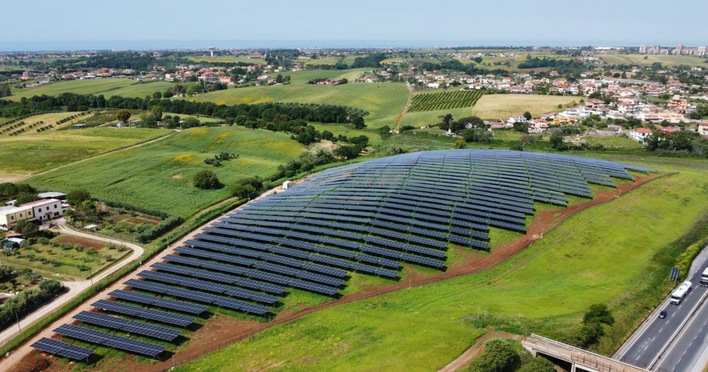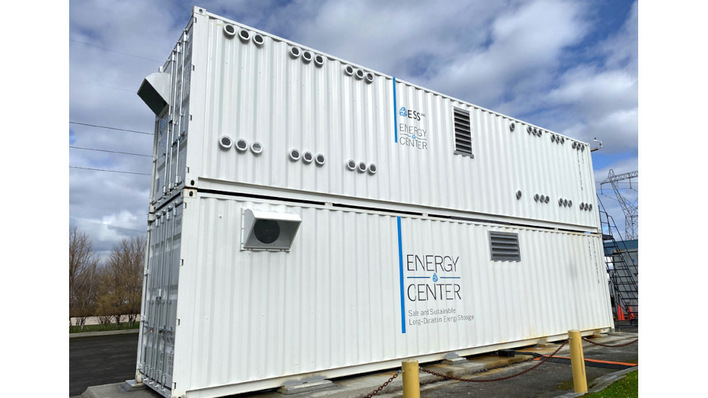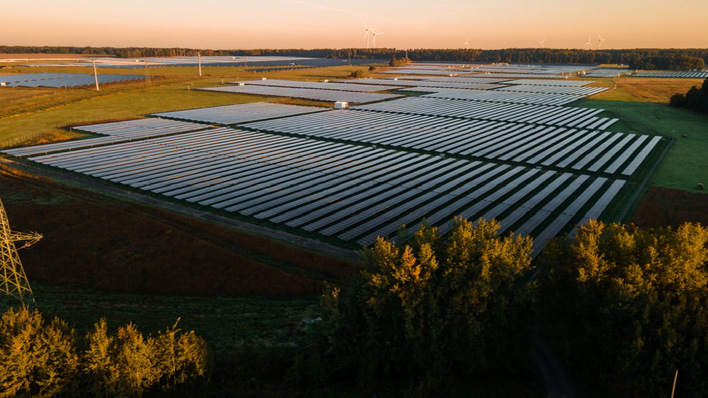The market for commercial storage units is slowly picking up speed. In addition to just the storage capacity, other features such as electricity backup and uninterruptable power supply are interesting to this market segment.
However: Taxes, grid regulations and self-consumed solar electricity make economical business models difficult. Because in business, all that matters is money: Any investments in energy supply that a company makes need to pay off within a few years.
Commercial storage is already profitable
And they are profitable, in spite of the price increases contrived by the political sphere. Commercial storage is even more profitable, if companies take advantage of subsidies from the federal states. More and more federal states are providing funds to support the use of economical storage units. For those reasons British wholesaler Segen now took Tesvolt’s commercial storage systems in its portfolio.
To be clear: Commercial power storage is an increasingly important factor for the attractiveness of any economic location. First installations were reported from UK, Russia, The Netherlands and Scandinavia.
Fast-reacting storage units
Tesvolt in Wittenberg has developed commercial storage units that use prismatically shaped battery cells. The special shape and chemical composition of the cells allows very fast charging. On the other hand, the intelligent control of each individual cell makes for a long service life: up to 8,000 full cycles at 70 percent depth of discharge (DoD). The company gives a performance warranty of 10 years.
They offer storage units in six size groups: from 10 to 120 kilowatt hours. Depending on the size requirements, they can be freely recombined. In Goslar, a 240 kilowatt hour storage unit was installed at a Tesla dealership (in combination with 300 kilowatts of PV, 12 Sunny Island 8.0). Even megawatt-scale storage units, delivered to the building site in one container, are conceivable.
Power electronics by SMA
The customer himself can decide how fast the storage unit will charge. For fast charging, it can be combines with multiple charging controllers made by SMA (Sunny Island). The greater the number of island inverters and the higher their combined output, the more power the system can store and deliver that much faster. By being flexible and modular, the Tesvolt storage units can be suitable for any application – regardless if the storage unit is grid-connected or not.
A guest house by the witches’ dancing grounds
The usefulness of such models is proven by the Dambachhaus in the Harz mountains, not far from where the witches used to dance: The former hunting lodge of the Prussian crown prince is now a small and genteel guest house. From the elegant rooms, guests have a nice view of Mount Brocken. Until recently, the one other thing that has been mounting have been the electricity bills:
Daily consumption is about 60 kilowatt hours. Now they have installed a photovoltaics array of 26 kilowatts solar output and a Tesvolt Li-40 with 40 kilowatt hours of capacity and 13.8 kilowatts of charging output. Also connected are three Sunny Island 6.0s. The lithium batteries and the solar generator together save about 16 tons of carbon dioxide.
The installation has been operational since October 2015 and the self-consumption has reached 71 percent. The operators are 62 percent self-reliant and only have to buy in a little more than a third of their electricity.
Clean power for the chickens
Another example is the ‘Hühnerhof’ in Brandenburg. In October 2015, the chicken farmer had about 41 kilowatts of solar installed on his roofs. They produce about 39,000 kilowatt hours of solar energy per year. This self-supply scheme was complemented by one Tesvolt Li-40 running in combination with three Sunny Island 8.0 charging controllers. The solar array is operated with two Sunny Tripower 20000TL-30 inverters.
In this installation the depth of discharge was also limited to 70 percent (28 kilowatt hours). Eight kilowatt hours (one fifth of the storage capacity) are available as emergency power supply: In case of a power outage, the electricity supply must not fail. Chickens need lots of light – and the chicks require a great deal of warmth.
In both situations, the storage unit can help to iron out load spikes and drastically reduce grid consumption. But this will only work if the unit reacts fast enough. If it fails to react to short-term demands, the amount of self-consumption is will not increase significantly. Thus it is also critical how quickly the energy manager controls the system. (Heiko Schwarzburger)
Wanna get more information on commercial energy storage?
Follow our video channel here:
Part 2: A match in Kropstädt: How to make a commercial energy storage system
Part 3: The installation of Tesvolt’s commercial lithium ion system is as easy as a box







